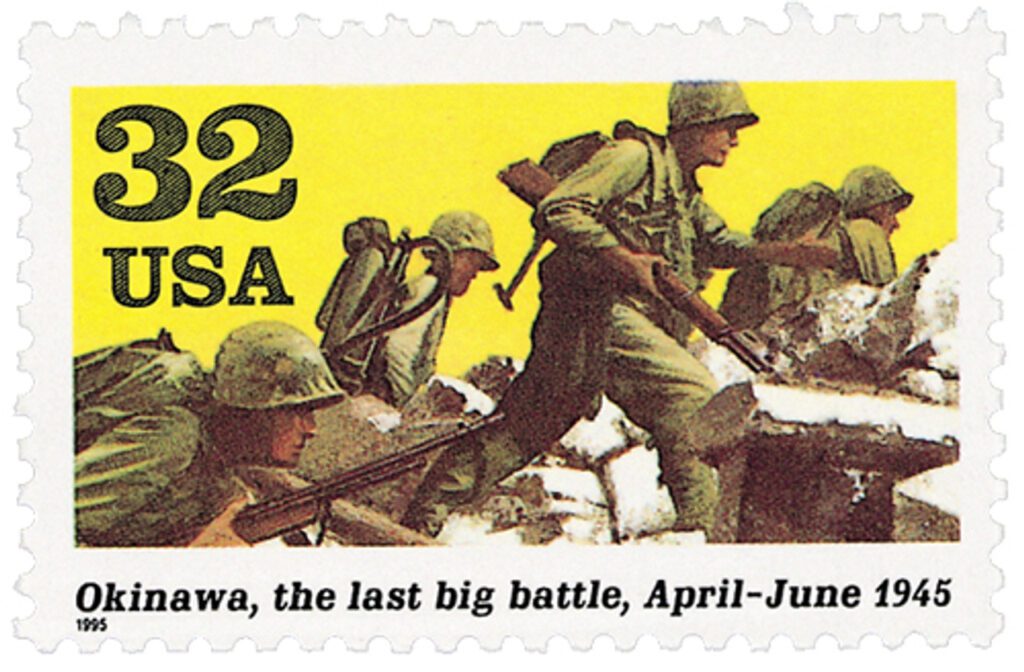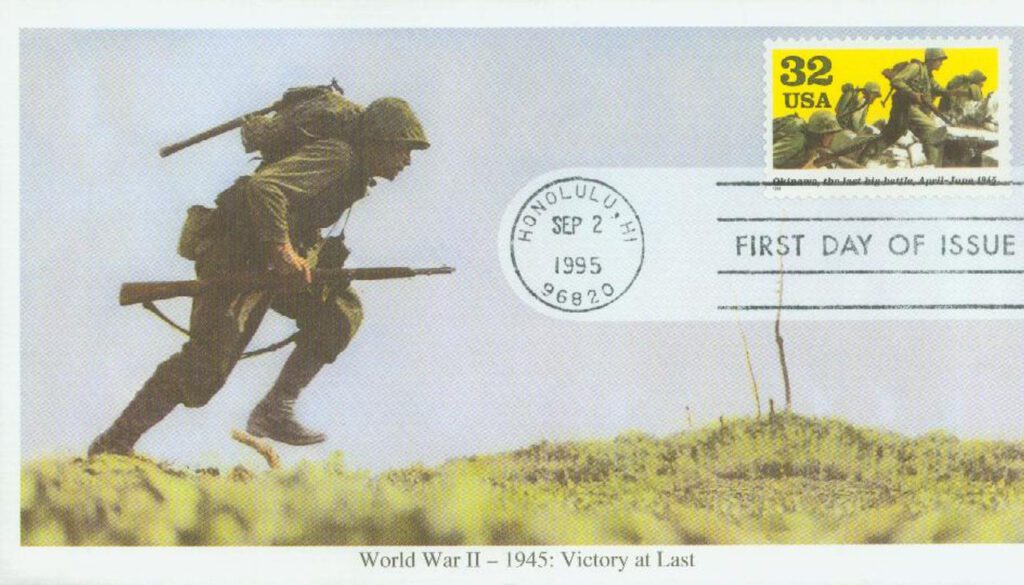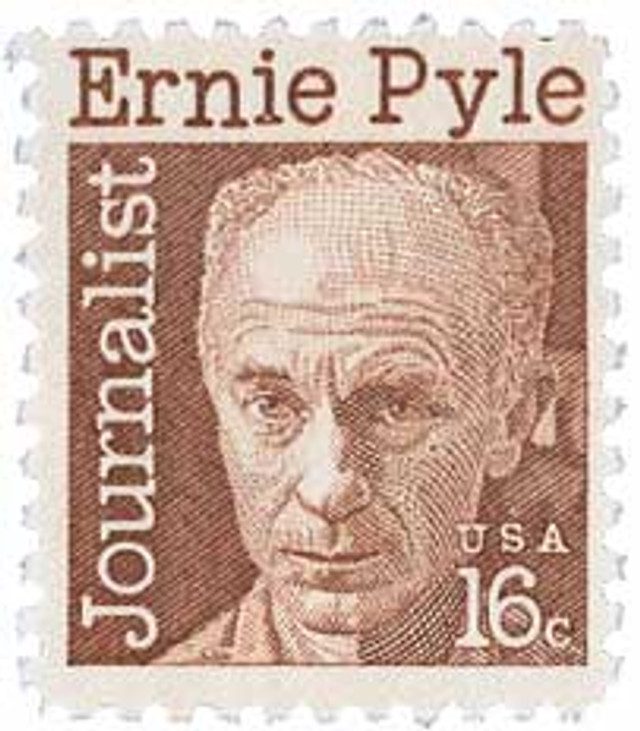On June 21, 1945, US troops captured Okinawa from the Japanese. It was the last major WWII battle in the Pacific and has been called the “typhoon of steel” for the fierce fighting, intense kamikaze attacks, and large number of Allied ships and vehicles that assaulted the island.
By the spring of 1945, the Allies’ successful island-hopping campaign had brought them to the Ryukyu Islands, about 350 miles from Japan. Air bases on the islands, including Okinawa, could be used in the planned attack on the mainland.
The landing on Okinawa began on Easter Sunday, April 1, 1945, and was the last and largest amphibious assault of the Pacific Campaign. Expecting immediate resistance, as at Iwo Jima, troops were surprised to find little enemy activity. Hours after troops had swarmed ashore, a vital airstrip was captured without a single shot being fired. For five days US troops waited to engage the enemy.
As it turned out, the Japanese had a plan. Instead of meeting the enemies on the shore, the Japanese built strong defenses in caves, pillboxes, and castles. Then on April 6th the Japanese struck – General Ushijima had pulled his forces back to the southern part of the island and was waiting to trap the Marines.
For two days, nearly 700 enemy aircraft, including 350 kamikazes, pounded the beachheads and the offshore forces. From that point on, Okinawa was won in a series of bloody battles. Japanese strongholds had to be conquered one cave or pillbox at a time. The Japanese also forced Okinawa’s citizens to fight. By May, the Allies faced another enemy – the monsoon season.
In spite of the many hardships, the Allies pushed forward, securing the island on June 21, 1945, though some Japanese defenders held out for another day. The casualty toll was more than 200,000, including many civilians.
America’s sea power, encroaching land force, and formidable air power now posed an immediate threat to the Japanese mainland. Some members of the Japanese government favored surrender, others wanted to fight on. With their bases in line, the Allies proceeded with their plans to force Japan into unconditional surrender.
Because of the large number of casualties experienced during the battle for Okinawa, US military officials decided not to attack Japan. Instead, two atomic bombs would be dropped on Japan.
Among the casualties at Okinawa was American journalist Ernest “Ernie” Pyle. He had been reporting on the war from Europe since 1940 and went with the Navy when they invaded Okinawa. On April 18, 1945, Ernie was on Iejima Island, northwest of Okinawa. He was traveling with four other men to observe the front-line action when the jeep was fired upon by Japanese machine guns. Pyle was shot in the temple and died instantly. He was later awarded a Purple Heart, one of the few civilians to receive it. When the Navy secretary announced Pyle’s death, he said the war correspondent had “helped America understand the heroism and sacrifices of her fighting men.”
| FREE printable This Day in History album pages Download a PDF of today’s article. Get a binder or other supplies to create your This Day in History album. |
Discover what else happened on This Day in History.






As a very important date as is June 6th a year earlier.
Thanks enjoyed reading this history.
Remember what brave men did in ww2 kiddies while you text and play your fancy video games
Semper Fi
Semper Fi